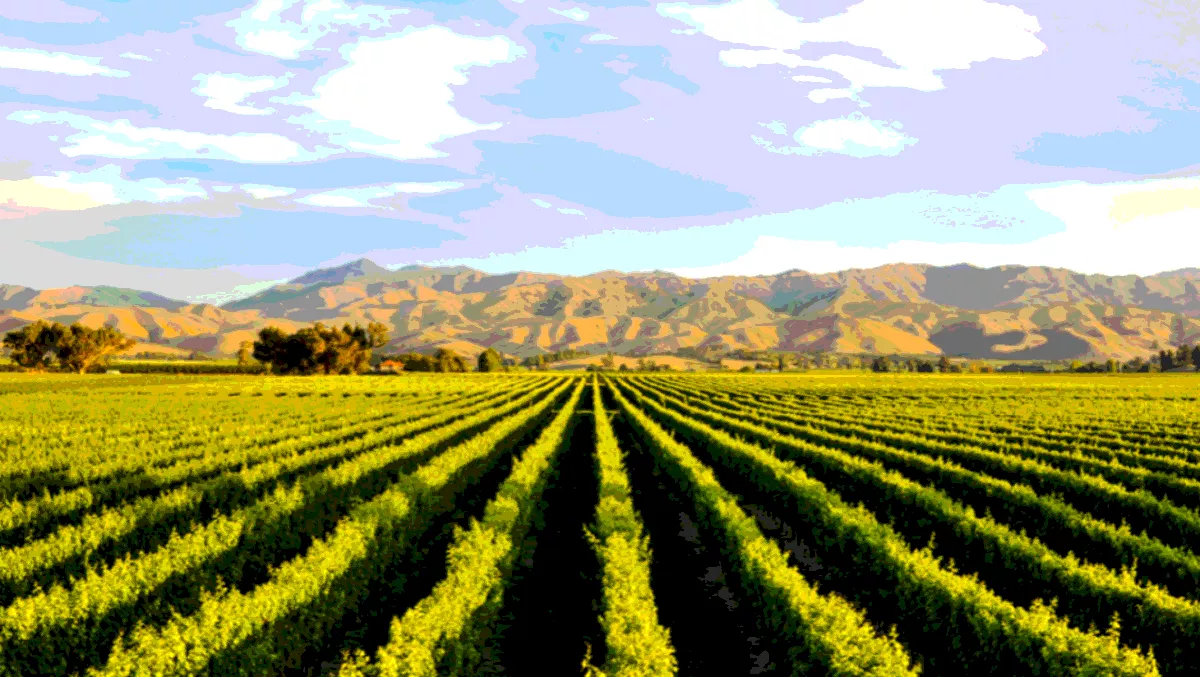
A pioneering farming tech trial is expected to make a quantum leap to help boost New Zealand's primary export revenue.
New Zealand supposedly has a low understanding of how the internet of things (IoT) can assist with farm management and sustainability and adoption of precision agriculture techniques also remains low.
New Zealand's primary industry export revenue is forecast to reach $43.8 billion for the year to June 2019, an increase of 2.5% from 2018.
The latest Ministry for Primary Industries Situation and Outlook report gives an encouraging assessment of the major primary sectors which continue to grow, up $1.1 billion from the previous year.
The IoT tech trial at Kowhai Farm is a New Zealand IoT Alliance pilot in collaboration with the Ministry of Business, Innovation and Employment (MBIE).
The pilot aims to demonstrate that with the better use of digital technologies New Zealand primary sector businesses will be more productive and more competitive irrespective of their size or the sector they are operating in, NZ IoT Alliance executive director Kriv Naicker says.
“Worldwide, the adoption and implementation of precision agriculture have become possible because of the development of sophisticated sensors, robots and sensor networks combined with procedures to link mapped variables to appropriate farming management actions,” he says.
“Sensors, either wired or wireless, integrated into an IoT system gather essential data needed for cost-effective and sustainable farm management.
“The IoT demonstration pilot is being undertaken on a site administered by the Foundation for Arable Research. The pilot is showcasing the technology needed for precision agriculture methods and techniques in a hands-on pilot demonstration that will be monitored and evaluated by the foundation.
“The trial aims to get farmers to see the value in deploying technology which is rapidly evolving and we feel that 2019 could be the tipping the point for New Zealand and the farming export sector,” Naicker says.
With the environmental impact of agriculture on the New Zealand landscape being a concern, farmers are improving their practices to minimise possible impacts. The installation of nitrate sensors in groundwater monitoring wells will help monitor the dynamics of nitrates.
Using the IoT technology to provide a low cost and effective infrastructure to deliver nitrate readings to the cloud will allow groups of farmers to monitor their collective performance and work together to develop further mitigations if required.
Monitoring bore near Kowhai Farm has been instrumented with a Hydrometrics nitrate sensor. On the property Aquaflex soil moisture sensors, climate and plant health sensors are also installed to demonstrate what is possible.
Four technology companies are working together in the first phase of the trial, the Tru Track consortium consists of, Tru Track, Lincoln Agritech, Met Technology Limited and Aquaflex NZ which is a division of Streat Instruments. The current demonstration is using the Sigfox network to deliver the data.
MBIE digital economy policy advisor Sandra Laws says the next phase of the pilot will see Spark and KotahiNet deploy a range of their sensors.
“This will further add to the data we're collecting on growing conditions. Overall, the pilot will provide valuable insight into the potential of these emerging technologies, which could help boost the productivity and sustainability of New Zealand farm management practices,” she says.
